
The Treasure of the Grand Dukes and the collecting of the Tuscan court
To get an idea of the collecting tastes of the Tuscan court in the 290 years of the Grand Duchy's existence, it is necessary to understand what luxury craftsmanship objects the Medici and Lorraine loved: a visit to the Treasury of the Grand Dukes, the museum dedicated to these extraordinary pieces.
By Jacopo Suggi | 29/10/2024 00:05
The visitor who, being in Florence, wants to get as complete an idea as possible of the collecting interests of the Tuscan court in the 290 years of the Grand Duchy's life, cannot limit himself to admiring the bombastic pictorial masterpieces of the Uffizi or the sumptuous rooms adorned with works of art of the Palatina Gallery, but must necessarily treat himself to the discovery also of the marvelous Treasure of the Grand Dukes.
The museum is housed in the splendid Pitti Palace, a building of 15th-century origin but later continuously remodeled, which from the mid-16th century, purchased by the Medici, became the main residence of the Grand Dukes of Tuscany, not only of the Florentine family but also of the Hapsburg-Lorraine dynasty. The Treasury of the Grand Dukes is distributed in what were the rooms of the Medici family's summer apartment: fourteen rooms on the ground floor of the side wing and thirteen in the mezzanine above.

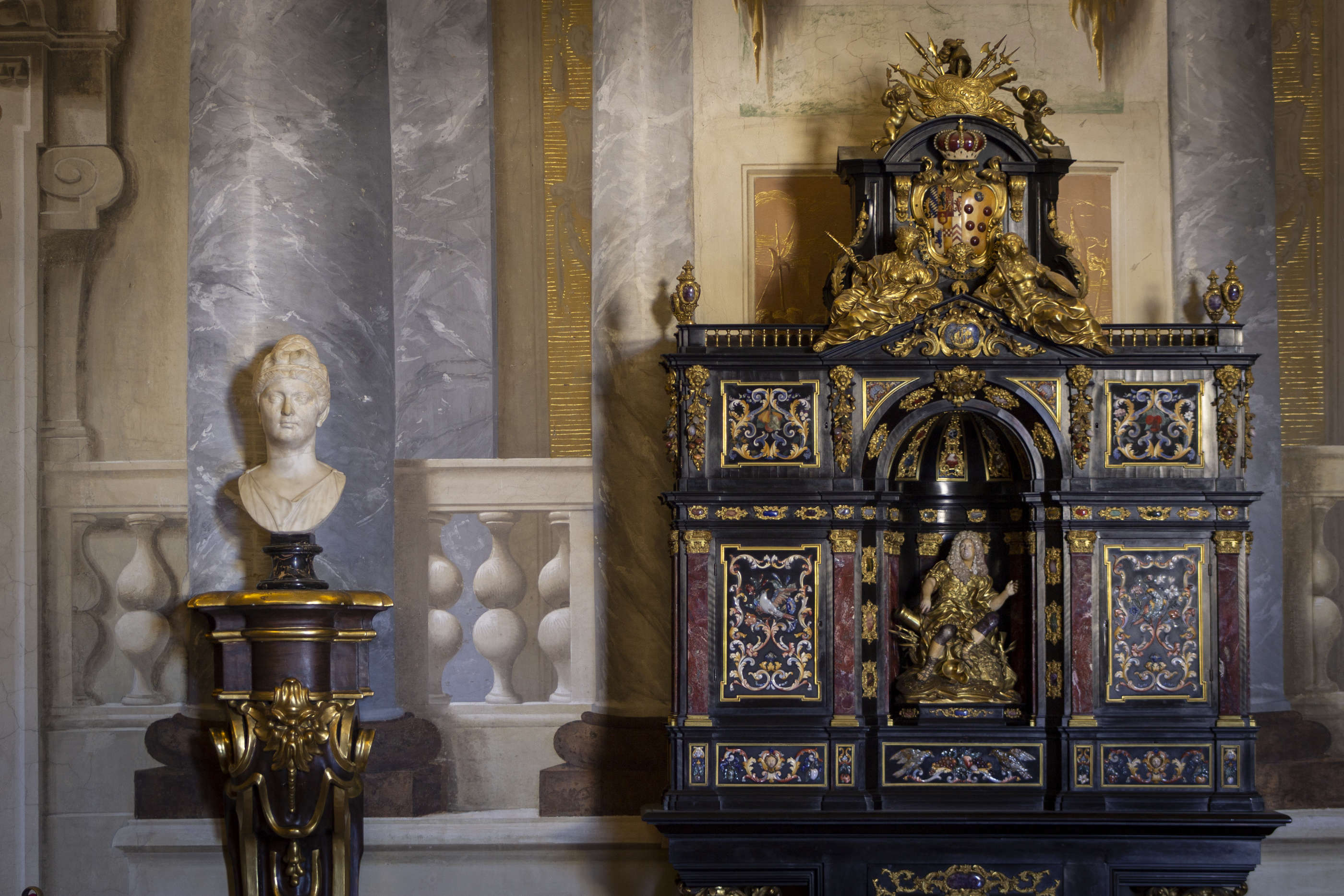
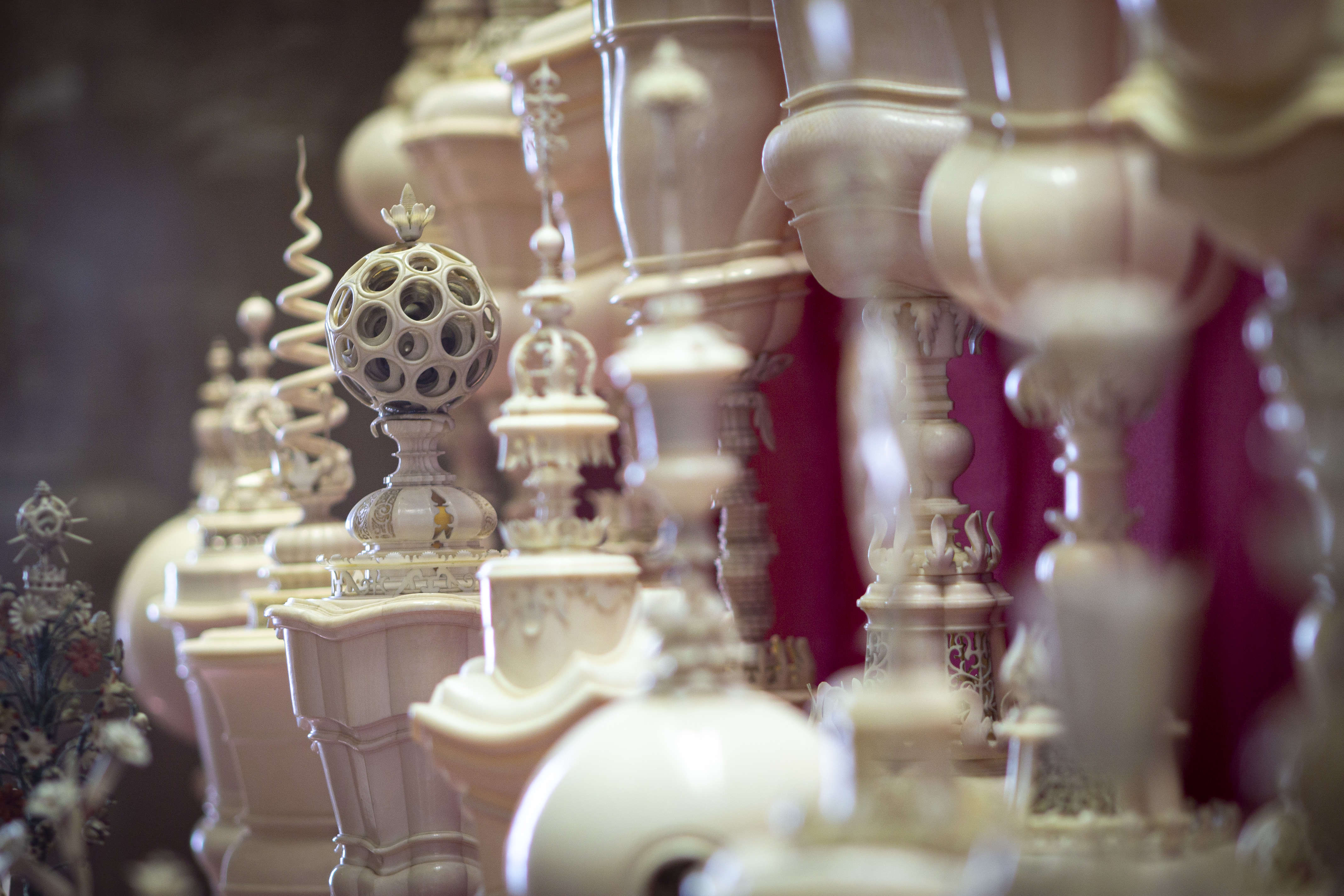

Known until 2015 as the Museo degli Argenti, it has changed its title to that of "Tesoro dei Granduchi," a name more appealing and more representative of the collections housed than its predecessor, it is a precious casket frescoed by important artists and contains masterpieces of applied art and craftsmanship, gold, silver, amber and ivory artifacts, and all the most luxurious materials that tickled the refined collecting taste of the Tuscan Grand Dukes.
It is also often mistakenly called the "Medici Treasure," wanting to highlight the first owners of these luxurious spaces decorated on the occasion of the marriage between Ferdinand II and Vittoria della Rovere in 1637, and because the family's treasures are kept here, from the vases of Lorenzo the Magnificent, to the crystals that belonged to Francis I, the ambers of Maria Magdalena of Austria consort of Cosimo II, to name but a few.
But the museum also displays objects collected over time by the rulers of the Lorraine dynasty, so much so that the previous titling was derived from the "Salzburg Treasure," or the collections of silver that had been collected by the bishops of Salzburg and Würzburg, and that were "plundered" by Ferdinand III of Lorraine, who brought them with him to Florence.
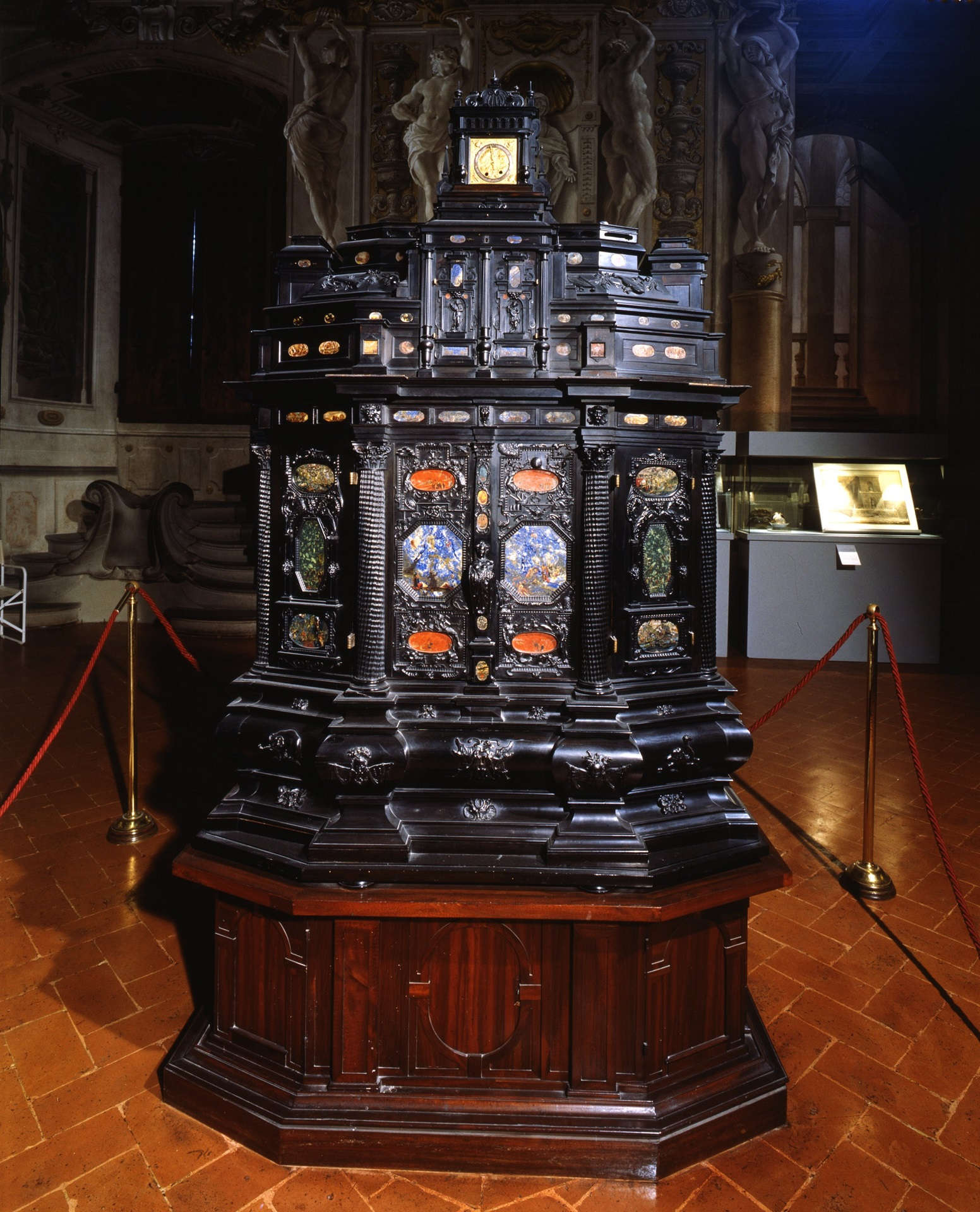
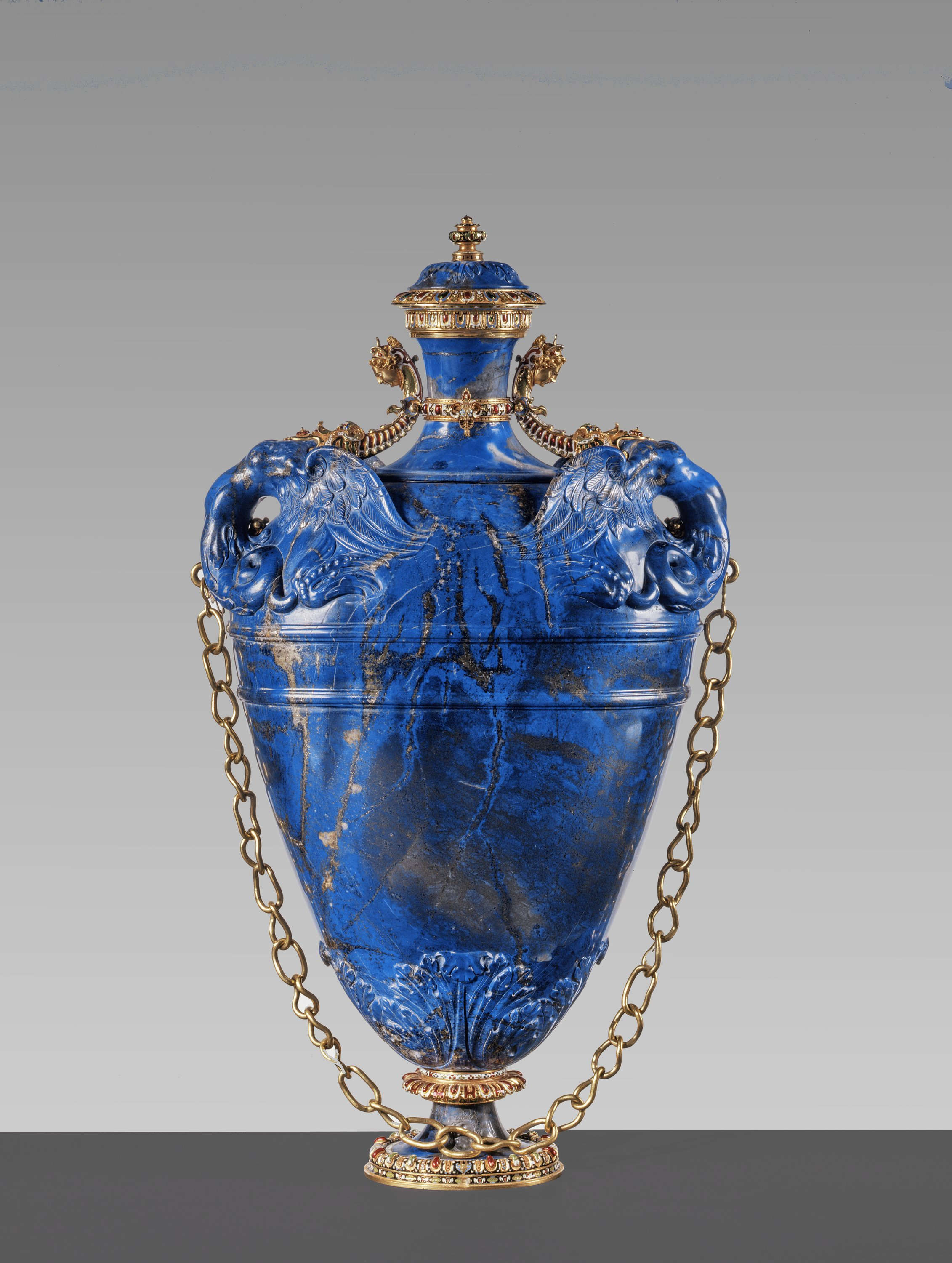

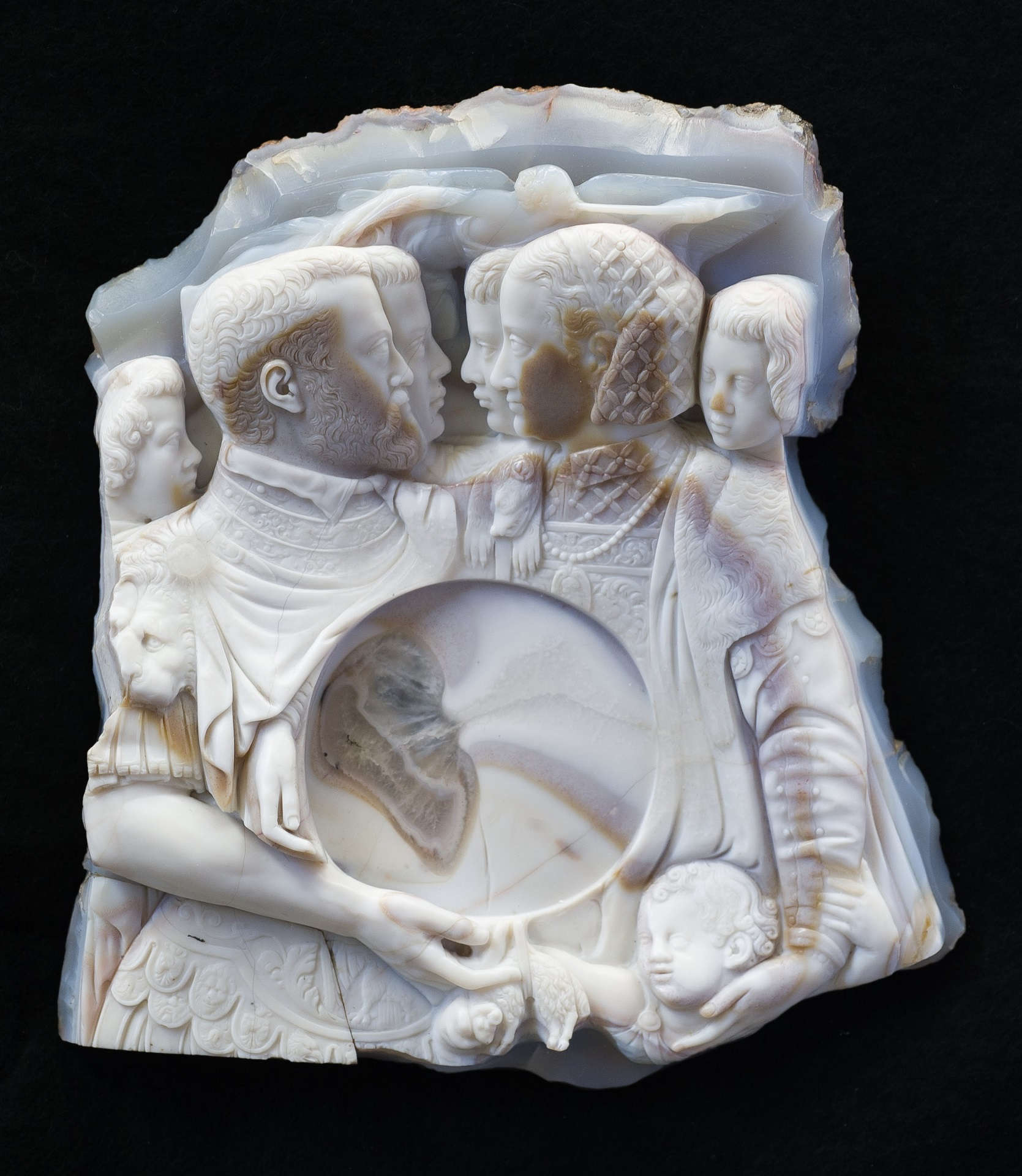
The decorations of the splendid reception hall, frescoed by the Valdarno painter Giovanni da San Giovanni and other important artists such as Cecco Bravo, Ottavio Vannini, and Francesco Furini, were intended with a complex iconographic program to exalt and propitiate the union of the two important families, including through the image of Lorenzo the Magnificent, who, if he was not the initiator of the Medici fortunes, certainly played a role of utmost importance. The Magnifico is also paid homage in the museum itinerary, where a room contains the semiprecious stone vases that the shrewd patron had collected. These are generally ancient artifacts, of Roman, Venetian or Byzantine manufacture, which Lorenzo took care to have decorated and initialed. Further on, other magnificent treasures are discovered, such as the Reliquary of the Holy Cross, a gilded silver cross embellished with precious stones and crystals, which was made by a French goldsmith for Christina of Lorraine, or the sinuous architecture of the Stipo d'Alemagna, made of ebony carved with panels in commesso and paintings, which once held the gems and other precious things collected by Ferdinand II de' Medici.
Also collected are the precious crystals that once made a fine display in the Uffizi gallery, often of Milanese manufacture, from the bizzosi mannerist styles. Another of the precious marvels housed in these rooms is the famous lapis lazuli flask, a masterpiece by Bernardo Buontalenti with the intervention of Flemish goldsmiths. Another artist who played an important role in Florentine manufacturing was Giovan Battista Foggini, whose splendid cabinet with Baroque volutes is on display in the museum. The itinerary then continues among precious and daring ivory carvings, the splendid cameos, carvings and jewels that belonged to the house of Medici, of which perhaps the most famous is the cameo of Cosimo I in onyx, depicting the Grand Duke with his consort Eleonora di Toledo. The silverware in the Salzburg treasure, on the other hand, exhibits the calligraphic skill of craftsmen and goldsmiths from northern Europe, while a rich nucleus testifies to the artifacts from overseas countries that show the Grand Duchy's contacts with far-flung kingdoms, as does also the sumptuous collection of oriental porcelain.
These very rich and varied nuclei reveal the evolution of fashions and tastes in the world ofluxury craftsmanship, and the great collecting curiosity of the Tuscan rulers.




